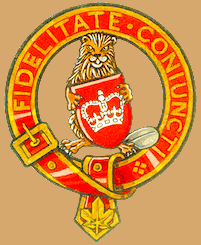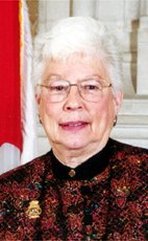monarchies in the world hasn't changed all that much. While
the expectation of modernists has been for the slow
disappearance of monarchy as a government form it has
proven to be surprisingly resilient (to the modernists, if no
one else). The 20th century saw two restorations; Spain and
Cambodia. Now that we are well into the 21st century the
question becomes where the first restoration is likely to occur.
Below I have gathered some likely candidates with a short
look at each.
Libya
 Libyan civilian holding a picture of the former king after Gaddafi's overthrow.
Libyan civilian holding a picture of the former king after Gaddafi's overthrow. hope that the monarchy might be
restored. However, the UN has
largely left monarchists out of
the discussion on the country's
future. What makes Libya's
prospects for restoration better
than most is the active advocacy
of both the heir to the throne and
civil society groups within Libya.
Rallies in support of a restored
monarchy have occurred from
time to time. The cause is helped by there being very little
agreement on an alternative system.
Nepal
has been in protracted political turmoil ever since. Advocacy
for the monarchy has been largely left to the politicians with
the former king focusing on the religious aspects of his role.
In November of 2023 protests in favour of restoring the
monarchy broke out in the country's capital. These protests
caught everyone by surprise as, unlike previously, these
protests were organized by a grassroots movement. In 2008
a poll showed the monarchy's support at 49%.
Iran
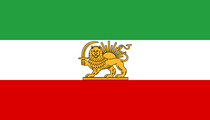
while now with periodic protests
over various issues using phrases
supportive of the old monarchy.
Support for the monarchy sits at
around 60% of the population in
Iran. Monarchist groups also abound in the Iranian diaspora
with Prince Reza Pahlavi being a vocal opponent of Iran's
regime. Ultimately, monarchism is held back by the regime's
ability to do whatever it takes to hold onto power.
Former Habsburg Lands
all have recent polling showing there are sizable minorities in
favour of restoration.
In 2021 a poll found 46% of Hungarians were in favour of
restoring the monarchy. Hungary is also historically where
the most recent attempt to restore the Habsburg's occurred,
during the inter-war years.
In 2019 a poll found 40% of Croatians would support the
country becoming a monarchy. This is impressive as the
prospective heir to the throne, Karl Habsburg-Lothringian
doesn't advocate for the idea and there are no monarchist
parties in the Croatian Parliament.
Compared to the previous two countries, Austria only
manages 20% support for restoration. This is despite the fact
that the history of Austria largely is the history of the
Habsburgs.
Georgia
is due to the simple fact it has polled highly. In 2013 one poll
put support at 56% while a second showed a staggering 78%
in favour of restoring the monarchy. Georgia's Orthodox
Patriarch came out in favour of the move. The response from
the political establishment has largely been to suggest it occur
at some point in the future, just not now. Previously there
were concerns about there being different claimants to the
throne. This issue was largely addressed by the birth of Giorgi
Bagrationi in 2011 as he unites in his person the two main
branches of the family. In 2018 his father, Prince David
Bagrationi Mukhrani attended the inauguration of Georgia's
first female prime minister. He remains active in the country.
movements. But if I had to put my money on restoration it
would be one of these seven candidates.
Loyally Yours,
A Kisaragi Colour
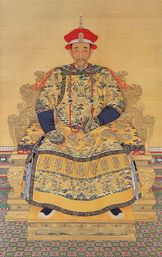
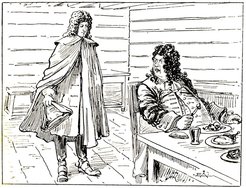
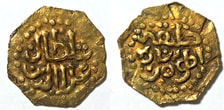
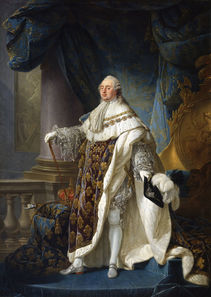

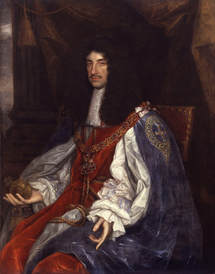
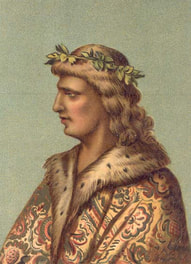
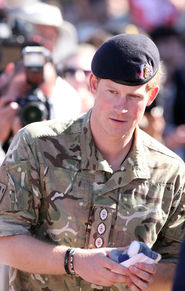
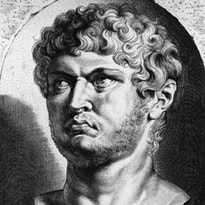
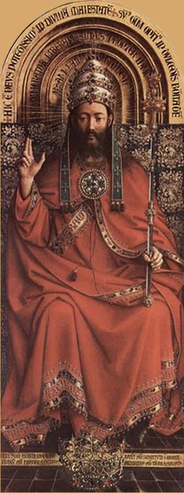

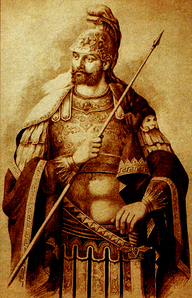
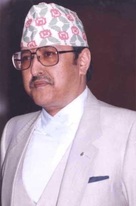
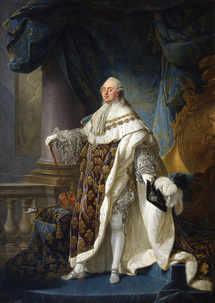
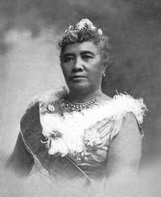

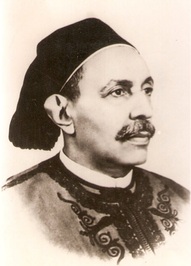
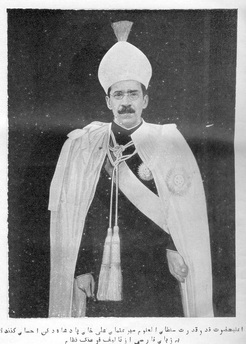
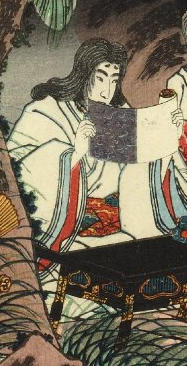
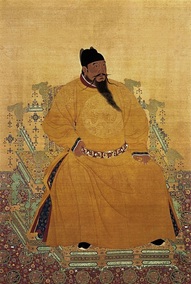
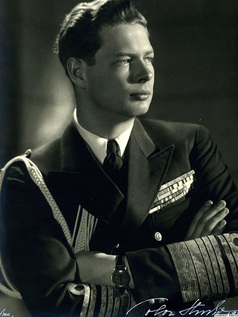
 RSS Feed
RSS Feed
